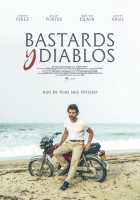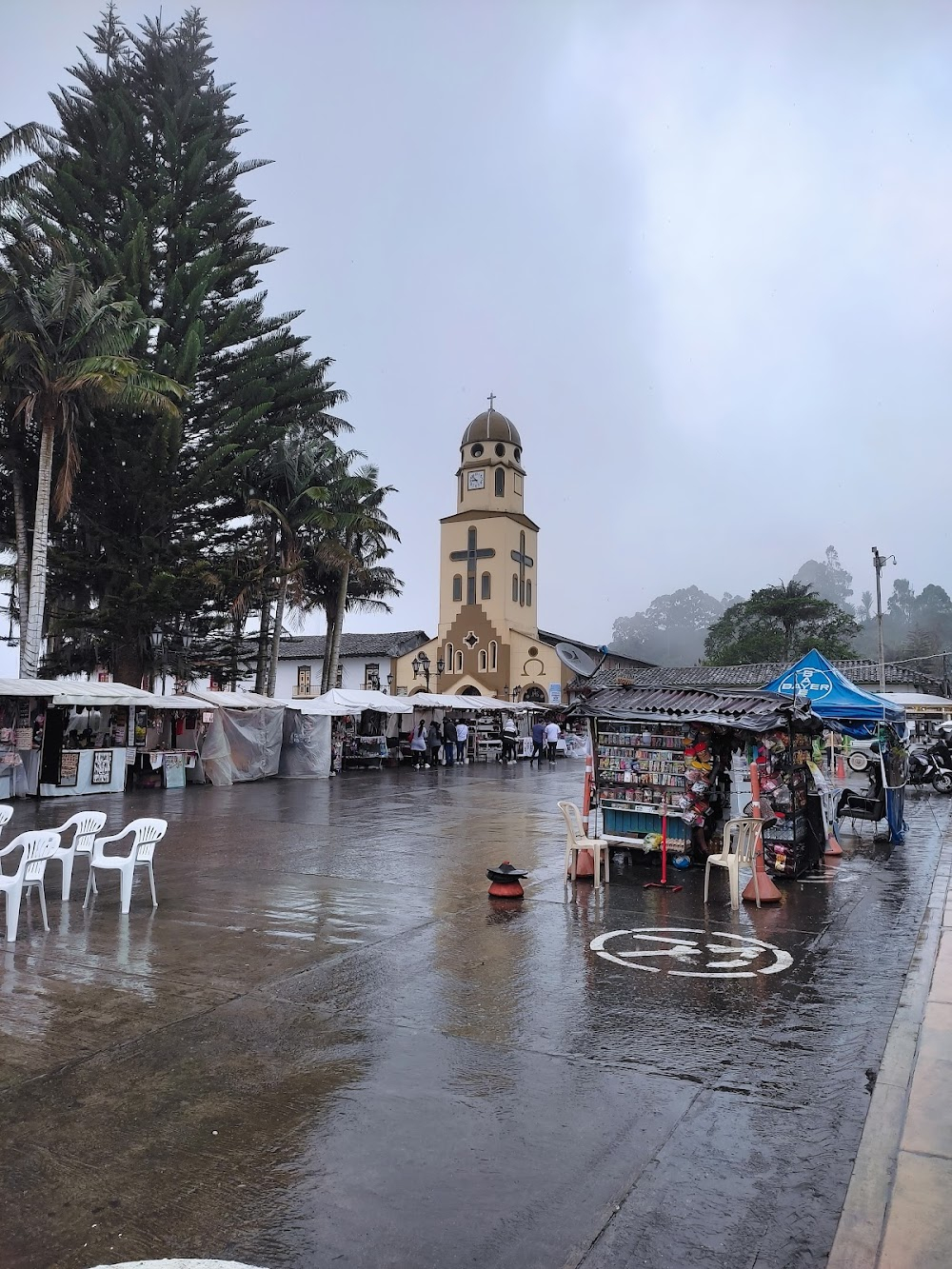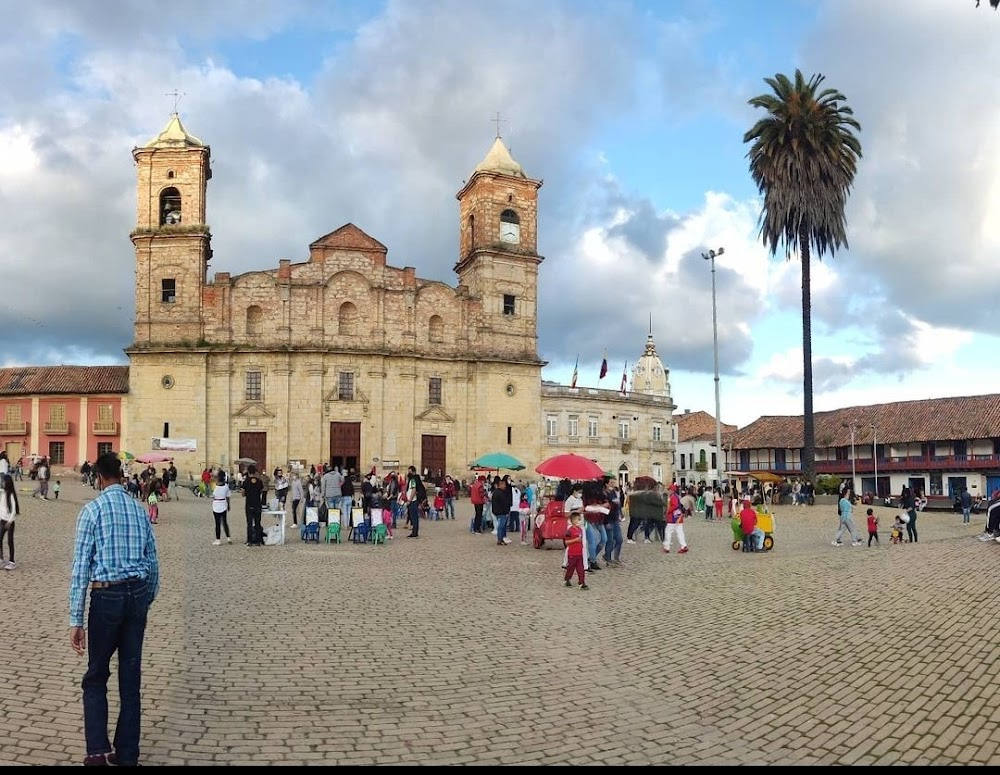Bastards y Diablos Filming Locations
Bastards y Diablos Filming Locations
Bogotá is Colombia’s sprawling, high-altitude capital. La Candelaria, its cobblestoned center, features colonial-era landmarks like the neoclassical performance hall Teatro Colón and the 17th-century Iglesia de San Francisco. It's also home to popular museums including the Museo Botero, showcasing Fernando Botero's art, and the Museo del Oro, displaying pre-Columbian gold pieces.
Pereira is a city in a mountainous, coffee-growing region of western Colombia known for mild Arabica beans. The main plaza, Bolívar Square, has a statue of independence hero Simón Bolívar, nude, on horseback. The 19th-century Cathedral of Our Lady of Poverty has an intricate latticework roof. César Gaviria Trujillo Viaduct is a cable-stayed bridge over the Otún River. The Pereira Art Museum hosts visiting exhibits.
Cartagena is a port city on Colombia’s Caribbean coast. By the sea is the walled Old Town, founded in the 16th century, with squares, cobblestone streets and colorful colonial buildings. With a tropical climate, the city is also a popular beach destination. Reachable by boat are Isla de Barú, with white-sand beaches and palm trees, and the Islas del Rosario, known for their coral reefs.
Medellín is the capital of Colombia’s mountainous Antioquia province. Nicknamed the “City of Eternal Spring” for its temperate weather, it hosts a famous annual Flower Festival. Modern metrocables link the city to surrounding barrios and offer views of the Aburrá Valley below. Sculptures by Fernando Botero decorate downtown's Botero Plaza, while the Museo de Antioquia displays more of the Colombian artist’s work.
Bogotá is Colombia’s sprawling, high-altitude capital. La Candelaria, its cobblestoned center, features colonial-era landmarks like the neoclassical performance hall Teatro Colón and the 17th-century Iglesia de San Francisco. It's also home to popular museums including the Museo Botero, showcasing Fernando Botero's art, and the Museo del Oro, displaying pre-Columbian gold pieces.
Cali is a Colombian city in the Valle del Cauca department, southwest of Bogotá. It’s known for salsa dancing and there are many clubs in the suburb of Juanchito. In Cali’s oldest quarter, the neoclassical San Pedro Cathedral houses paintings of the Quito School. Nearby is the 18th- and 19th-century San Francisco Religious Complex. La Merced Chapel is where the first mass was held after Cali was founded in 1536.
Salento is an Andean town in Colombia, west of Bogotá. It’s known for its coffee estates and verdant scenery. East is Cocora Valley where lofty wax palm trees, a national symbol, are home to rare parrots. The town is a gateway to the snow-capped peaks of Los Nevados National Natural Park, to the northeast. In Salento, Calle Real has colorful buildings and craft shops. El Mirador is a viewpoint just northeast of town.
Santa Marta is a city on the Caribbean Sea in the northern Colombian department of Magdalena. A busy port, it was also the first Spanish settlement in Colombia. It's the gateway for trips into the Tayrona National Natural Park, and for multiday guided treks to the Lost City (Teyuna) archaeological site in the Sierra Nevada de Santa Marta mountains.
Cartagena is a port city on Colombia’s Caribbean coast. By the sea is the walled Old Town, founded in the 16th century, with squares, cobblestone streets and colorful colonial buildings. With a tropical climate, the city is also a popular beach destination. Reachable by boat are Isla de Barú, with white-sand beaches and palm trees, and the Islas del Rosario, known for their coral reefs.
Armenia is the capital city of the Quindío department in western Colombia. Framed by the Andes mountains, the city centers on lively Plaza de Bolívar, with its modern, triangular-shaped Catedral La Inmaculada Concepción. Leafy Parque de la Vida has a tree-lined lake and a roller-skating arena. At the city’s northeastern edge, the Museo del Oro Quimbaya exhibits ancient gold artifacts.
Zipaquirá is a city in central Colombia, northeast of Bogotá. It’s known for its subterranean Salt Cathedral, a church in a vast salt mine featuring the Stations of the Cross carved out of rock salt. Just outside is a monument to miners. The Zipaquirá Archaeological Museum has pre-Columbian artifacts. The Casa del Nobel Gabriel García Márquez is a cultural center in a building where the author studied in the 1940s.
Bastards y Diablos (2015)
Two estranged half-brothers adventure together through Colombia to fulfill their dead father's will and connect with their family, their father's homeland, and - ultimately - each other.



